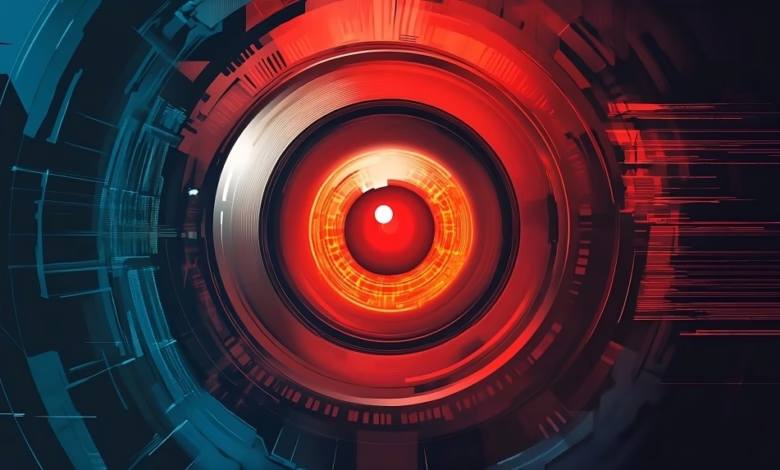Cloud Quantum Computing: $1T Opportunity & Hidden Risks

▼ Summary
– Quantum computing offers revolutionary potential in fields like drug discovery and AI but poses significant cybersecurity risks, including breaking current encryption standards.
– A major concern is the “harvest now, decrypt later” (HNDL) strategy, where attackers collect encrypted data today to decrypt it later using advanced quantum computers.
– Experts disagree on the timeline for quantum threats, with estimates ranging from 2035 to 2060 for quantum computers capable of cracking RSA-2048 encryption.
– Post-quantum cryptography is being developed to counter these threats, but challenges remain, including implementation time, performance impact, and technical expertise shortages.
– Organizations must prepare now by conducting cryptographic inventories, assessing data risks, and migrating to quantum-resistant security measures to mitigate future threats.
The quantum computing revolution promises to reshape industries with its unprecedented processing power, but this $1 trillion opportunity comes with hidden cybersecurity risks that demand immediate attention. While tech giants like IBM, Google, and Amazon race to commercialize quantum cloud services, experts warn that these systems could render current encryption methods obsolete, posing existential threats to data security across finance, healthcare, and national defense.
Quantum computers threaten to crack encryption standards that have protected sensitive information for decades. Traditional encryption relies on mathematical problems too complex for classical computers to solve quickly, like factoring large prime numbers, which would take conventional machines trillions of years. However, quantum algorithms like Shor’s algorithm could accomplish this in hours, while Grover’s algorithm weakens symmetric encryption by effectively halving its security strength.
One particularly alarming risk is the “harvest now, decrypt later” (HNDL) attack, where adversaries collect encrypted data today to decode it once quantum computers mature. This tactic endangers long-term sensitive data, from medical records to classified intelligence. Organizations must adopt crypto agility, the ability to swiftly transition to quantum-resistant encryption, before it’s too late.
Predictions on when quantum threats will materialize vary widely. Some analysts, like those at MITRE, estimate RSA-2048 encryption could remain secure until 2055-2060. Others, citing advances in quantum error correction, believe breakthroughs could arrive as early as 2035. Regardless of the timeline, the consensus is clear: preparation must begin now.
Beyond encryption risks, the fusion of quantum computing and AI introduces another layer of uncertainty. Quantum-enhanced machine learning could accelerate AI development but also create “black box” systems whose decision-making processes are incomprehensible to humans. This opacity raises serious concerns for critical sectors like autonomous vehicles and healthcare, where transparency is non-negotiable.
To counter these threats, NIST has spearheaded post-quantum cryptography (PQC) standards, selecting algorithms based on lattice and hash-based mathematics. Major tech firms are already integrating PQC, Apple’s PQ3 protocol for iMessage and Google’s Chrome experiments are early examples. Microsoft’s development of topological qubits could also accelerate reliable quantum computing.
Yet the transition to quantum-safe security faces hurdles:
- Implementation delays: Upgrading legacy systems, especially in remote hardware like satellites, could take over a decade.
- Human error remains a persistent weak point, even robust encryption fails if private keys are mishandled.
- Organizations must prioritize cryptographic inventories, risk assessments, and migration timelines while investing in continuous monitoring to detect HNDL threats.
As quantum computing evolves, the window for proactive defense narrows. The convergence with AI amplifies risks, demanding urgent action. The lesson from past technological disruptions is clear: waiting for threats to emerge is not an option. Businesses and governments must act decisively to secure their systems before quantum advancements outpace current safeguards.
(Source: VentureBeat)






